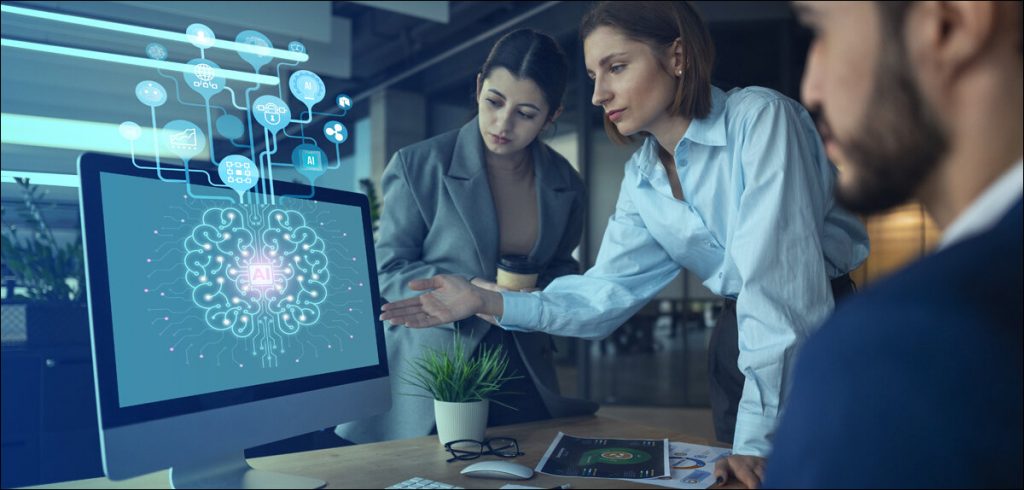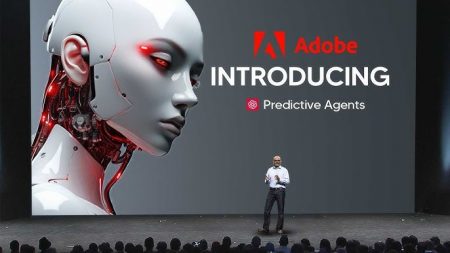Machine learning can be defined as the process of educating computers to learn on their own without explicit instructions.
The dynamic engine driving artificial intelligence (AI) into previously uncharted territory is machine learning (ML). Fundamentally, machine learning creates amazing computational works of art intended to reveal the complex web of links and patterns hidden within huge datasets. Here, the word “machine” refers to more than just a cold, mechanical thing; it also refers to the essence of a computer program that has the capacity to change, adapt, and become increasingly skilled over time.
Machine learning’s “learning” process is the sum of the amazing trip these algorithms take in assimilating more data and honing their skills to previously unheard-of accuracy levels.
Although machine learning has long been conceptualised, until the internet, big data analytics, and cloud computing came together, its real-world use in the corporate world remained a pipe dream. The realization that it was financially feasible to train machine learning algorithms to identify patterns in data marked the beginning of a period in which technology could fully realize its potential. Large amounts of processing power and access to large datasets are prerequisites for this revolutionary evolution; these synergies are made possible by the combined forces of big data analytics and cloud computing.
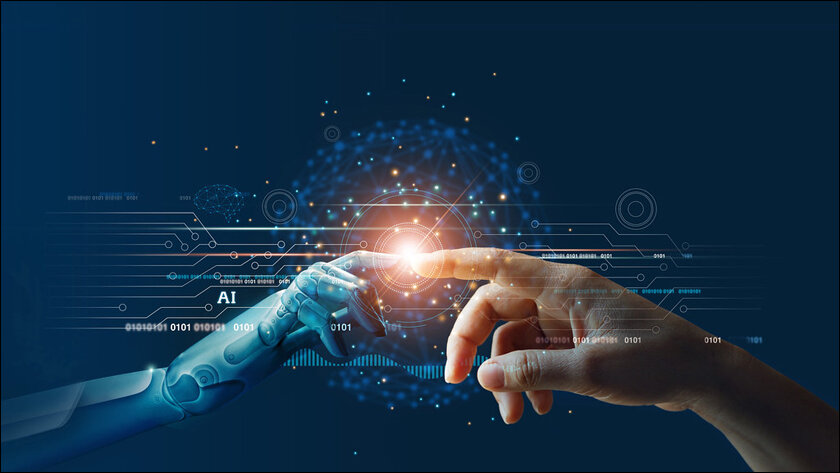
While the phrases “artificial intelligence” and “machine learning” are sometimes used interchangeably, subsequent developments have resulted in more complex distinctions. Previously, AI programs were often focused on a single task, with ML models depending on supervised learning and requiring large, labeled datasets for training. However, the landscape has changed. Today, Robotic Process Automation (RPA) serves as a lighthouse, reducing the arduous data pre-processing step and propelling the rate of machine learning algorithm training to previously unheard-of levels. As we stand at the crossroads of possibilities, the convergence of artificial intelligence and machine learning paves the way for an era of limitless creativity.
Machine learning can be defined as the process of educating computers to learn on their own without explicit instructions. It is analogous to endowing a machine with self-learning capabilities. In this domain, computers train themselves and provide predictions about new objects using a large amount of data and specialized methods known as algorithms.
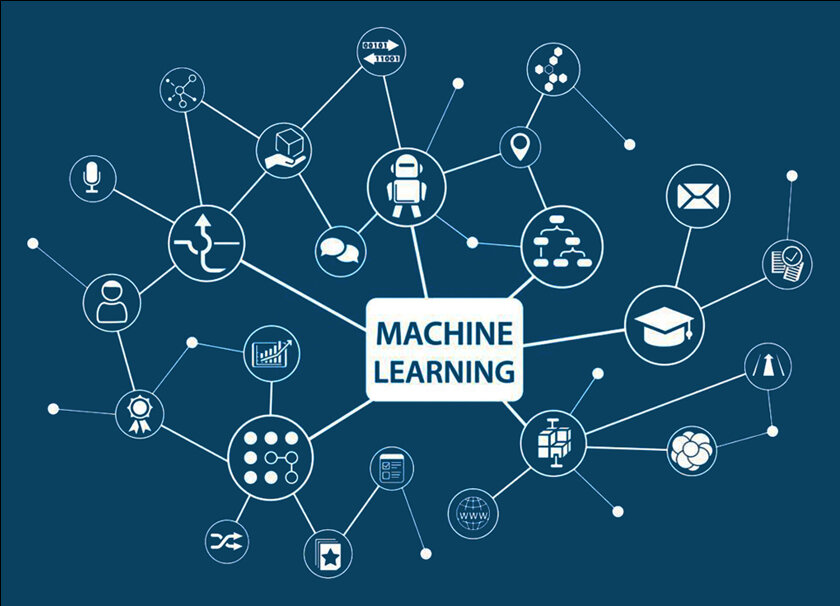
Consider displaying several images of dogs and cats to a computer and identifying which is which. The computer gains the ability to identify patterns on its own after seeing numerous samples. It can therefore distinguish between a cat and a dog when you show it a fresh image without requiring you to program it especially for that image.
It is not only about pets, though. Machine learning has several applications, such as assisting autonomous vehicles in avoiding obstacles, preventing spam from entering your email account, and even translating spoken words from a YouTube video into written captions. It is like providing computers with the capacity to infer intelligent conclusions from vast amounts of data.
What is the process of machine learning?
In fact, a wide range of algorithms and approaches, each meticulously designed using specialized programming languages suited for the complexities of machine learning, are used to carry out the operations of machine learning. Usually, the procedure begins with these algorithms being trained on a dataset, which is an assortment of pertinent data. For the algorithm to build a model, it must be taught to identify patterns and relationships in the data during this training phase.

The true magic happens when new data is introduced into the machine learning algorithm once the model is set up. The algorithm then generates a result or prediction based on the built model by using its training data. This forecast is regarded reliable if it matches actual events, at which point the algorithm can be used. But if the forecast turns out to be inaccurate, the algorithm starts over and uses the dataset for more training until it becomes more adept at producing accurate results.
Take the example of forecasting localized weather patterns. You may create a training dataset for the algorithm by feeding historical weather trends and patterns into the machine learning model. Using this historical data, the algorithm develops a model explaining the subtleties of weather variations. The model can then generate precise predictions based on its comprehension of the patterns embedded during training when faced with new data, such as the present atmospheric conditions. Machines can solve the riddles of the world around us because of this dynamic process of learning, adapting, and improving-an elegant dance between algorithms and data.

Just why is machine learning important?
Now let us explore an amazing example of how machine learning can outperform human intelligence. A remarkable occurrence occurred in the world of strategic board games in 2016 when Google DeepMind’s AlphaGo machine learning software squared off against the current Go champion, Lee Sedol. Though Go is an old and intricate game, AlphaGo won after a compelling five-day encounter, proving the computational prowess and strategic acumen that machine learning was capable of.
This victory in the gaming industry is only a small example of the wider influence that machine learning has had on a variety of global businesses. Its impressive impact encompasses driving company expansion, optimizing monotonous work, raising client contentment, and reaching organizational goals. Machine learning is a game-changer in today’s corporate environment because of its capacity to learn, adapt, and get better with time.
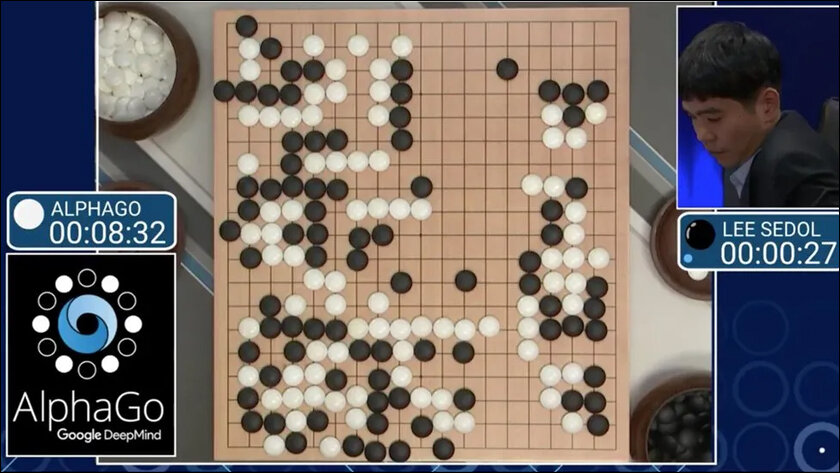
The data supports this revolutionary trend. The global machine learning industry is expected to increase at an astounding compound annual growth rate (CAGR) of 39.4% between 2021 and 2026, from $17.1 billion to a startling $90.1 billion, according to BCC Research. This exponential increase highlights how sectors are depending increasingly on machine learning technologies.
The need for machine learning knowledge is growing in the labor market. A machine learning engineer is one of the jobs with the fastest growth rates, according to LinkedIn, which indicates that there is a growing demand for experts who can effectively use machine learning in a variety of applications.
The time is right to explore the field of machine learning since we are on the verge of a time when artificial intelligence and machine learning will play a crucial role in society. The landscape of tomorrow will surely be shaped by the abilities that are learned today, which makes the journey into machine learning an interesting and progressive undertaking.
Types of Machine Learning
Absolutely, there are three main types of machine learning, each with its distinct approach to training algorithms:

1. Supervised Learning:
- In supervised learning, the algorithm is trained on a labeled dataset, which means the input data is paired with corresponding output labels.
- The goal is for the algorithm to learn a mapping from the input to the output, making predictions or classifications based on the provided labeled examples.
- Tasks like regression and classification are usual places for this kind of learning.
2. Unsupervised Learning:
- Unsupervised learning involves training an algorithm on an unlabeled dataset, where the algorithm must find patterns and relationships within the data on its own.
- In contrast to supervised learning, no output labels are predetermined. Instead, the algorithm explores the inherent structure of the data, often through clustering or dimensionality reduction.
- Common applications include clustering similar data points or reducing the complexity of the data.
3. Reinforcement Learning:
- Reinforcement learning is centered around training an algorithm to make sequences of decisions by interacting with an environment.
- The algorithm receives feedback in the form of rewards or punishments based on its actions, allowing it to learn to make better decisions over time.
- This type of learning is often used in dynamic and interactive environments, such as game playing or autonomous systems.
The fundamental approaches for teaching machine learning algorithms are included in these three categories. Every kind tackle distinct obstacle and is appropriate for specific kinds of work. The type of data to be used and the intended machine learning application outcome will determine which one to utilize.
In the absence of guidance, the student must determine for themselves which order of steps yields the greatest benefits. This process of figuring things out is like taking notes on the outcomes. The long-term benefits of an action are equally as important as the immediate ones in determining its excellence. Reinforcement learning is a fairly amazing strategy because it can learn how to succeed in a new environment without any assistance.
Prospects of Machine Learning
Machine learning has applications in many different fields and industries. It is spreading throughout all industries, including the banking and finance sector, the automotive sector, media and entertainment, and information technology. Given the vast potential of machine learning, academics are focusing on a few areas to transform society in the years to come.
When compared to other career fields, machine learning offers a greater scope for employment in India and other regions of the world.
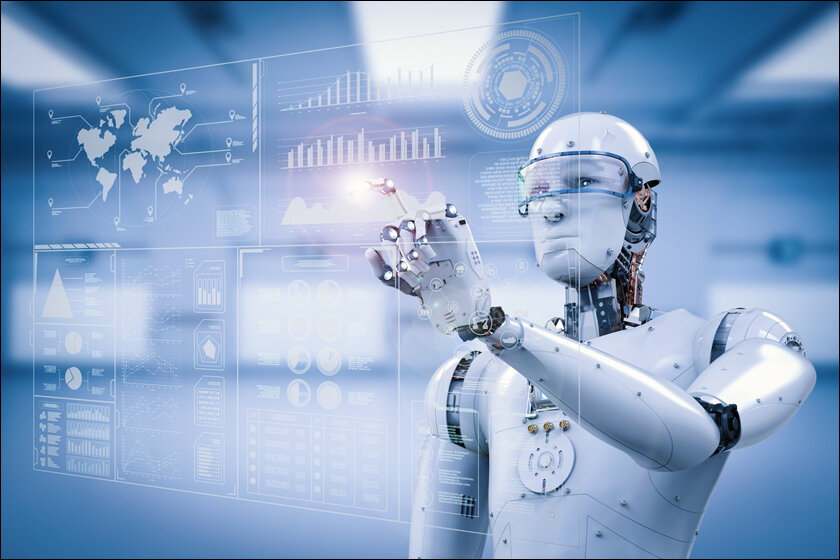
By 2023, 2.3 million jobs in artificial intelligence and machine learning will exist, predicts Gartner. Furthermore, a machine learning engineer’s pay is greater than that of other job categories. Forbes reports that the average pay for ML engineers in the US is US$99,007.
Conclusion
This subject covers the definition of machine learning, popular terms used to describe it, its importance, and its various forms. We have also highlighted the scope of machine learning in our upcoming article. Continue reading our blogs for more discussion on the language and applications of machine learning, along with a list of advantages and disadvantages and its algorithms and processes.



